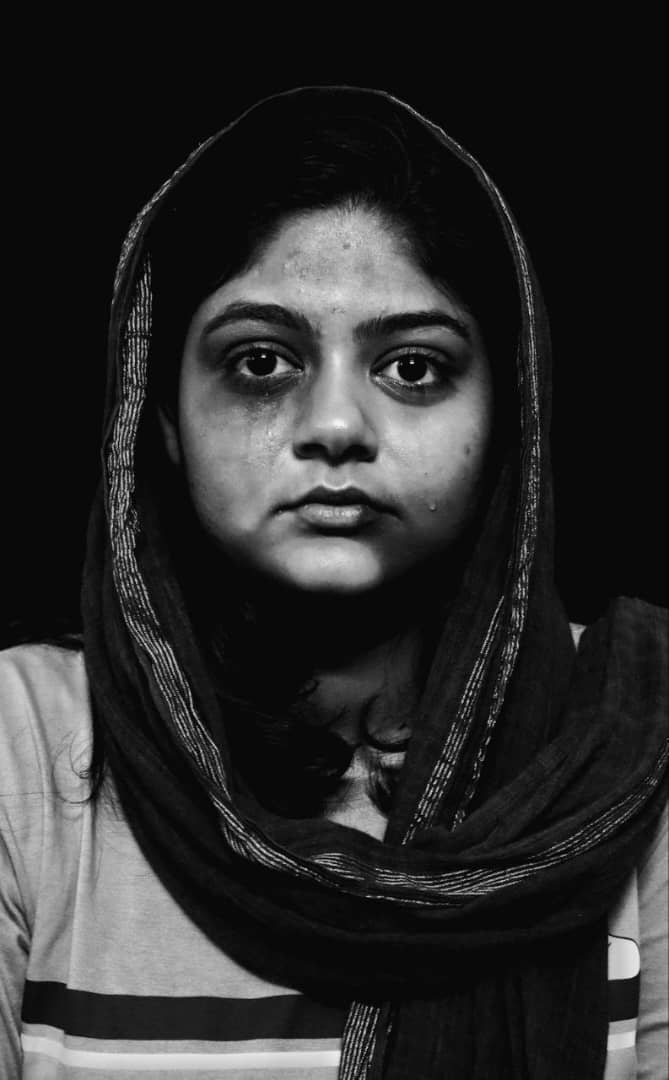Migration is a journey not just across borders but through profound social and psychological landscapes. Iranian immigrants, like many diaspora communities, face multifaceted challenges that shape their mental and physical well-being. This integrative review by Shishehgar et al. (2015) synthesizes findings from 26 studies examining the health impact of migration on Iranian immigrants in Western countries. The study highlights key stressors—including language barriers, employment struggles, discrimination, culture shock, and lack of social support—that contribute to mental distress, depression, and reduced quality of life.
The Weight of Displacement: Social Challenges
• Language Barriers: A persistent struggle with the host country’s language impairs communication, delays acculturation, and increases mental distress, fostering isolation and anxiety.
• Employment Challenges: Underemployment or unemployment among highly skilled Iranian immigrants leads to financial instability, stress, and diminished self-esteem.
• Lack of Healthcare Awareness: Limited knowledge about medical services prevents timely healthcare access, worsening pre-existing conditions.
• Social Isolation: The absence of close-knit family networks intensifies loneliness and exacerbates mental health issues.
• Discrimination: Negative stereotypes and systemic biases—often fueled by geopolitical narratives—contribute to feelings of alienation and mental health deterioration.
Cultural Transitions: The Invisible Burden
• Culture Shock: Adjusting to different societal norms can lead to family conflicts, emotional distress, and identity struggles.
• Intimate Partner Violence: The stress of migration may shift or intensify dynamics within intimate relationships, contributing to emotional and physical abuse.
Bridging the Gap
The findings underscore the need for policy interventions, mental health programs, and culturally sensitive support networks to improve the well-being of Iranian immigrants. Addressing these barriers can help create pathways for belonging, resilience, and integration.





